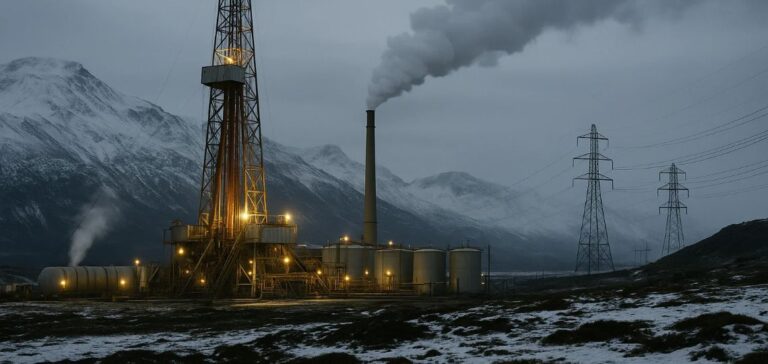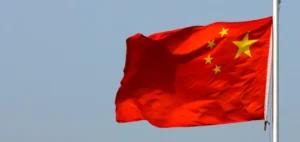Norway’s sovereign wealth fund reported a significant loss of 415 billion Norwegian kroner (approximately €35 billion) in the first quarter of 2025. This decline is largely attributed to the disappointing performance of tech stocks, which heavily impacted its equity investments. According to Nicolai Tangen, the fund’s CEO, “The quarter was marked by significant market fluctuations,” adding that equity investments recorded a negative return of -0.6%.
Currency movements also played a key role in the loss. The strengthening of the Norwegian krone against several major currencies contributed to a drop in the fund’s value by 879 billion Norwegian kroner. Combined, these factors led to an overall decline of 1.215 trillion Norwegian kroner, bringing the fund’s total value to 18.526 trillion Norwegian kroner (€1.559 trillion) as of March 31, 2025.
The fund’s portfolio is predominantly made up of equities, which accounted for 70% of its investments as of March 31, 2025. Bonds followed at 27.7%, while real estate investments represented 1.9%. Primarily funded by revenues from Norway’s oil industry, the fund holds stakes in around 9,000 companies worldwide, equating to a 1.5% share of the global stock market capitalization.
Major tech companies remain key elements of the fund’s portfolio, with significant holdings in tech giants such as Apple, Amazon, Alphabet, Meta, Microsoft, Nvidia, and Tesla. However, this concentration in the tech sector, which had been flagged by Tangen during the annual results release in January 2025, has increased the fund’s risk during periods of market volatility.
Impact on investment strategy
The impact of market and currency fluctuations highlights the management challenges faced by Norway’s sovereign wealth fund, particularly during times of high volatility. The fund’s diversified portfolio appears to have been significantly affected by the weakness in the tech sector, which represents a large portion of its equity holdings. However, its geographic and sectoral diversification approach continues to play a key role in mitigating these risks.
Implications for the future of the sovereign wealth fund
Norway’s sovereign wealth fund remains a benchmark for institutional investment, due to its size and diversified strategic approach. However, the recent loss underscores the challenges of managing large sums in a constantly evolving global economic environment. The fund will likely need to adjust its strategies to manage a higher concentration risk, as Nicolai Tangen mentioned during the previous year’s annual results release.






















